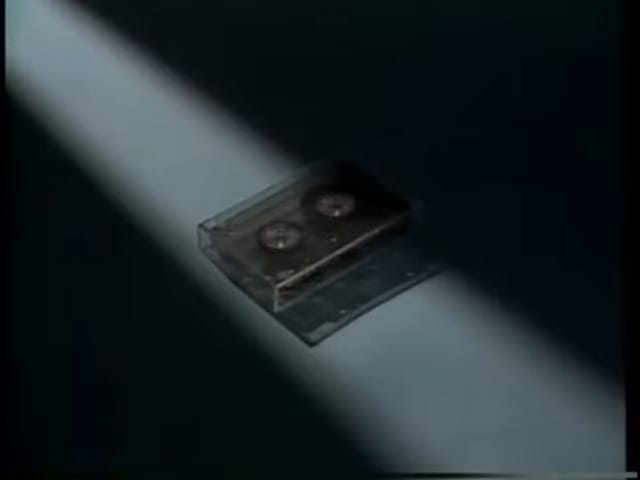Pouring Rain, Horny Teens: Typhoon Club
Lust, confusion, the death drive, adolescence. That’s what Typhoon Club is all about.
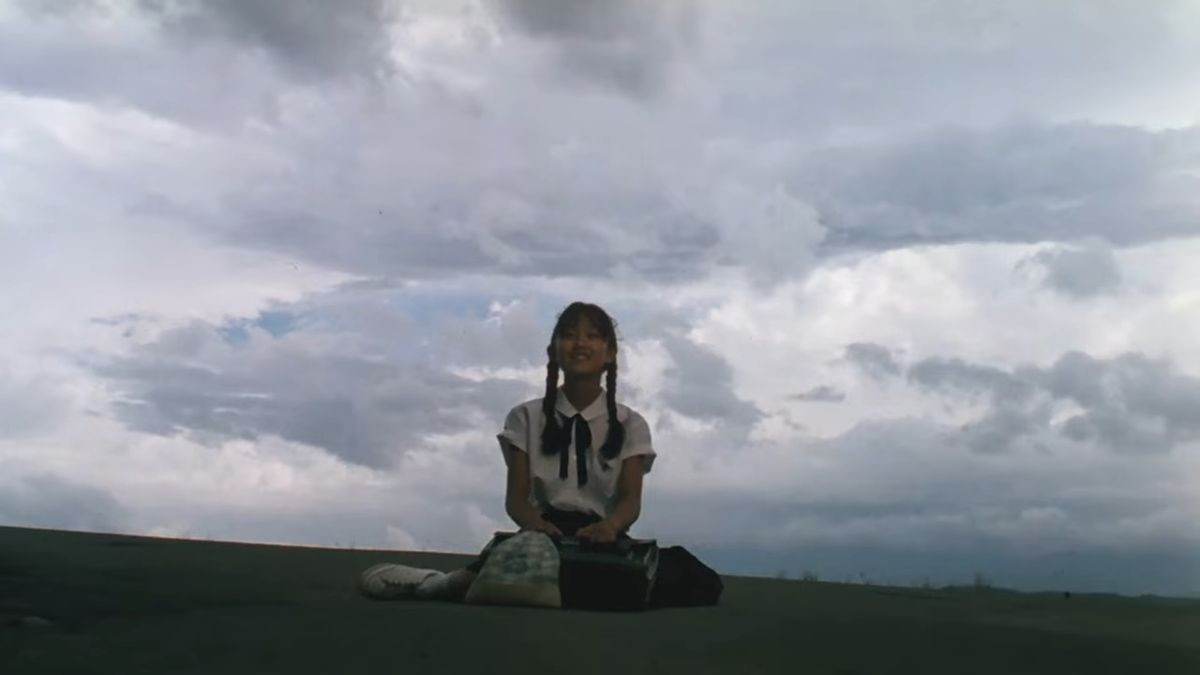
Welcome to ANIWIRE! This week we are talking about Shinji Somai's 1985 coming-of-age film Typhoon Club. Before that, though, here's the news from the past week.
News
- There’s a new trailer for the upcoming film The Concierge at Hokkyoku Department Store. Looks great! Love the doofy animals and the heroine’s jittery character animation.
- Discotek Media dumped several of their past sizzle reels on their YouTube page. Great opportunity to zone out and listen to “Every Night” by To Live and Die in L.A.
- Early word on the One Piece Netflix series is that it’s…good?!
- After its excellent first episode, Zom 100: Bucket List of the Dead continues to suffer delays on streaming, most recently with its sixth episode. The anime industry is suffering…
- A new trailer was released for The Imaginary, the upcoming film from the Ghibli descended Studio Ponoc.
Bookmarks
- For Anime Feminist, Shelby Tozier wrote about the career of shojo comics artist Arina Tanemura, responsible for such classics as Full Moon o Sagashite and The Gentlemen’s Alliance Cross.
- For Comics Journal, Jon Holt and Saki Hirozane translated a 2003 column regarding Moyoco Anno’s razor-sharp comedy Happy Mania. They also discussed its late sequel, Go! Happy Mania.
- For Full Frontal, Matteo Watzky interviewed animator Satoshi Nakano (Pokémon Sun and Moon, Inu-Oh).
- Dave Cabera wrote about his experiences at Otakon this year, featuring anime industry legend Shoji Kawamori.
AMV of the Week
Here’s “constant repeat” by sailormoonfreak.
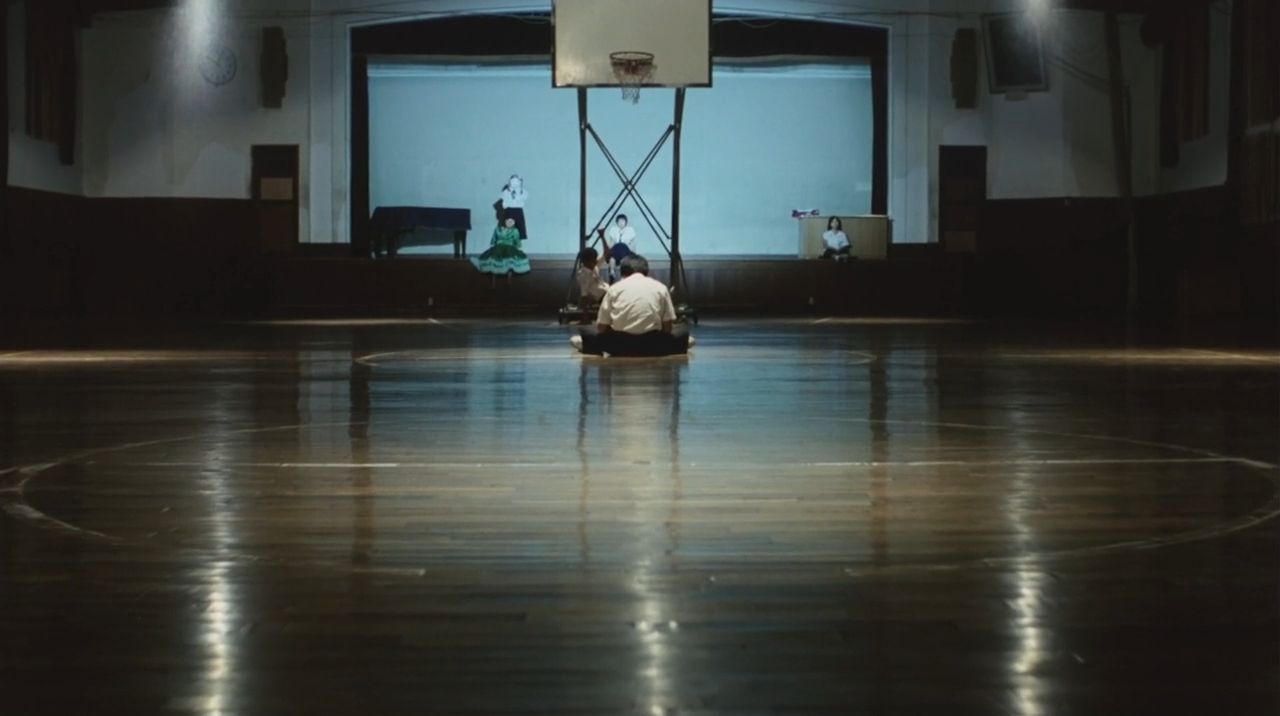
A young boy floats in a pool at night watching girls in swimsuits dance in the dark. One of these girls notices him. “It’s Akira!” she says. The next time we see Akira, he’s flat on the ground being nursed back to health by the girls. Some passing boys give him their best try at mouth to mouth resuscitation. It isn’t until their hapless teacher shows up, though, that we learn the full story. First the girls tangled Akira up in pool rope so he couldn’t move. Then they took turns dunking his head in the water until he almost drowned. Lust, confusion, the death drive, adolescence. That’s what Typhoon Club is all about.
Typhoon Club is a 1985 film directed by Shinji Somai about teenage boys and girls trapped in a junior high school beset by rain after dark. The British Film Institute named Somai “the missing link between the end of the studio system of Japan and the rise of independent filmmaking.” Ryusuke Hamaguchi, the director of Drive My Car, went so far as to say that “no Japanese filmmaker makes a film without being conscious of Shinji Somai’s existence.” But while Somai is a known quantity in Japan, he’s an obscurity in the United States. The single English-language review of Typhoon Club I could find from the date of its release, published in the New York Times, labeled it a “much more solemn version of John Hughes's Breakfast Club.” It wasn’t until 2023’s “Rite of Passage” film festival, organized by New York’s Japan Society, that Somai’s back catalog was exhibited to the public in North America.
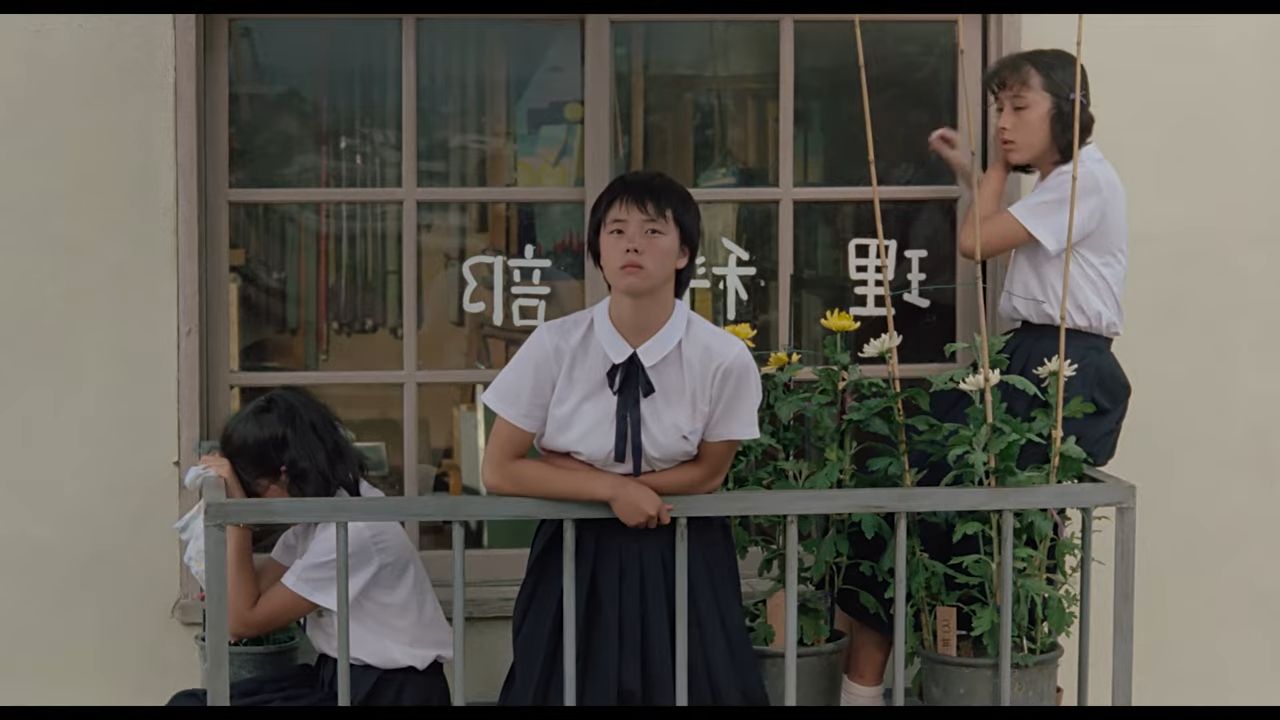
Why seek out Typhoon Club, a film that doesn’t even have an English-language Bluray release yet? Well, I’ve been curious about Japanese anime and manga tackling adolescence, so-called “seishun eiga” (youth films.) Some examples: the melancholy and wild experimentation of FLCL; the deadpan surrealism of Sonny Boy; the mix of delicacy and gross-out horror in Wonder Egg Priority (when it was good!) This year I read Kyoko Okazaki’s River’s Edge, a 1993 comic whose art and approach inspired the FLCL staff. Okazaki herself borrowed from Weekly Young Magazine, which published transgressive comics about confused teenage boys through the 1980s. One such comic, Minetaro Mochizuki’s Bataashi Kingyo (Flutter Kick Goldfish), began serialization just a few months before Typhoon Club’s premiere in Japan.
Bataashi Kingyo has never been translated into English, but Typhoon Club does have English subtitles if you know where to look. I hoped that the film would help me better understand its contemporaries and descendants, in the same way that River’s Edge made me see FLCL in a new light. I did find some of what I was looking for in Typhoon Club. The film is just as fearless in its portrayal of teenage life as Okazaki, even if its gaze tends towards Mochizuki’s. At the same time, though, I found Typhoon Club’s approach to be very different from today’s “seishun eiga.”
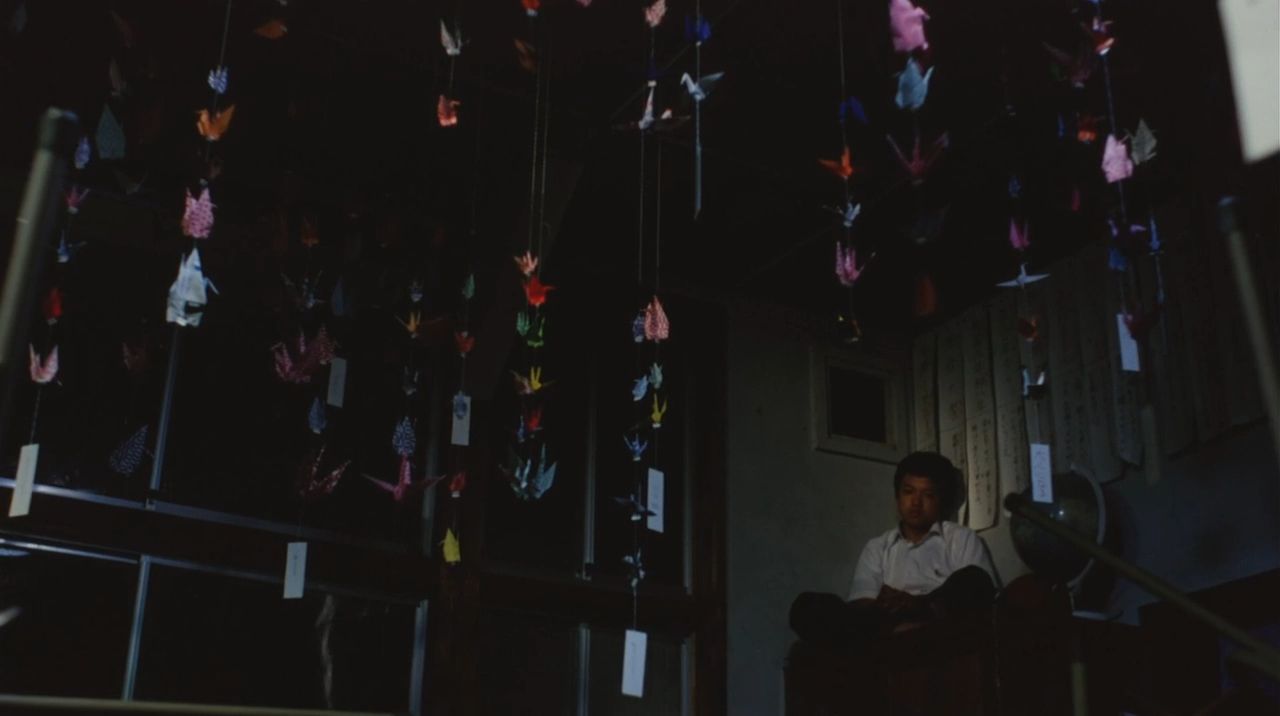
River’s Edge and FLCL are defined by monologue. The former’s protagonist Haruna speaks constantly to the reader, filling the pages with her hopes, fears and anxieties. FLCL similarly has its protagonist Naota speechify to the audience even as he hides those words and feelings from his peers. These are stories of self-possessed children with fleshed-out philosophies and inner worlds. They diverge in the details but are united by their focus on teenage interiority. You can spot this same tendency in the science fiction anime Neon Genesis Evangelion, or (to cast a wider net) Chica Umino’s manga March Comes In Like a Lion.
Typhoon Club doesn’t have much use for monologue, though. Characters show you who they are through their actions rather than their words. For instance, Akira isn’t just the kid who is nearly drowned by girls in the pool. He’s the kid who stuffs his nose with so many pencils, as a joke, that it starts to bleed. Three girls in the class spend their time on balconies and backstage at the school theater, marking their ironic detachment from the rest of the student body. Later in the film, a girl named Rie curls up in her absent mother’s bed to stave off loneliness. Only the resident braniac Kyoichi Mikami is prone to monologue, saying such things as “does anyone overcome his own species through death?” He kills himself at the end of the movie.
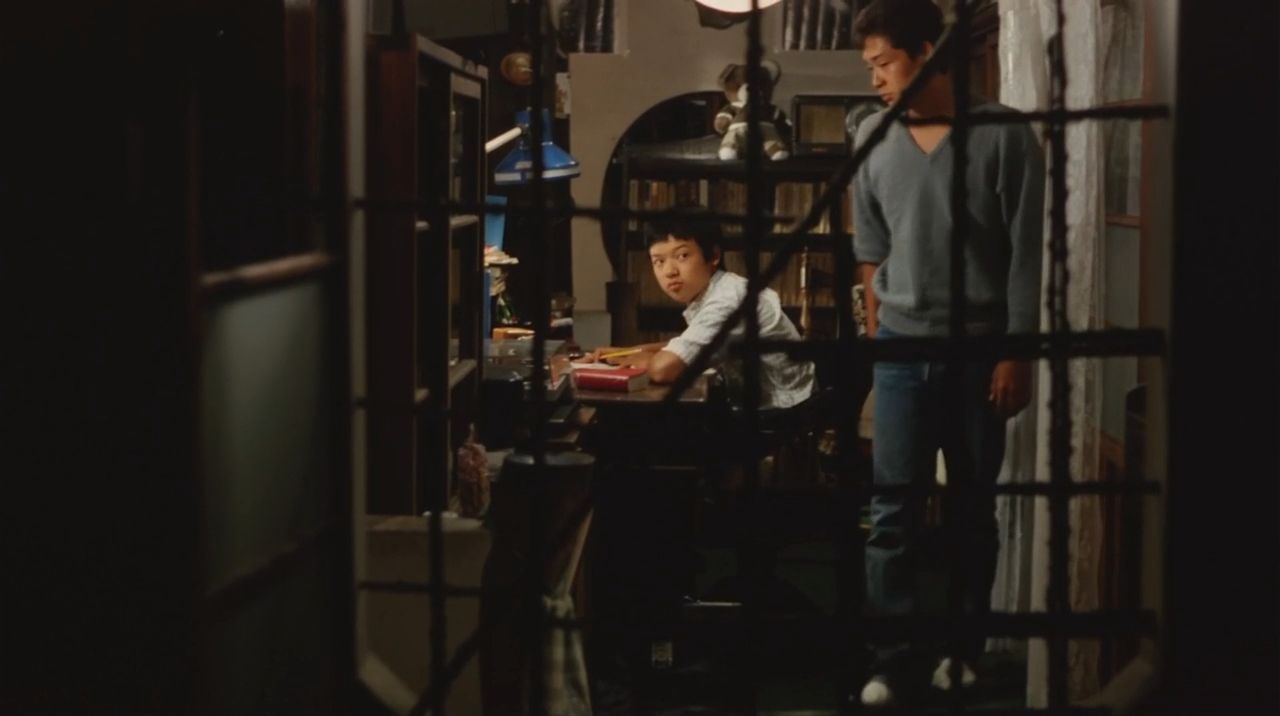
The film’s staging emphasizes position and movement above all else. Tracking shots capture how each member of the cast expresses themselves as they traverse space. Frequent long takes trap them behind window grates and bury them in hanging paper cranes. Typhoon Club isn’t quite “slow cinema” in the conventional sense, but it is interested in simulating the natural interaction between children in real time. Diagetic music further grounds the film in the cast’s daily lives. The kids are always dancing to music they like, not just music the filmmakers play for them. The only exception is an ominous hum that scores the rage of the typhoon.
If the message of The Breakfast Club is that each member of the cast is special in their own way, Typhoon Club instead posits that all horny teens are the same deep down. The film ends with its young cast stripping naked and dancing outside in the rain and mud. They do not turn to violence as in Lord of the Flies. Neither do they come to some profound knowledge of their place in the world. They merely succumb to the confusion and eroticism of the typhoon. Even the boy who tries to rape sensible honor student Michiko earlier in the movie (!!!) is absorbed by the mob at the end without complaint.
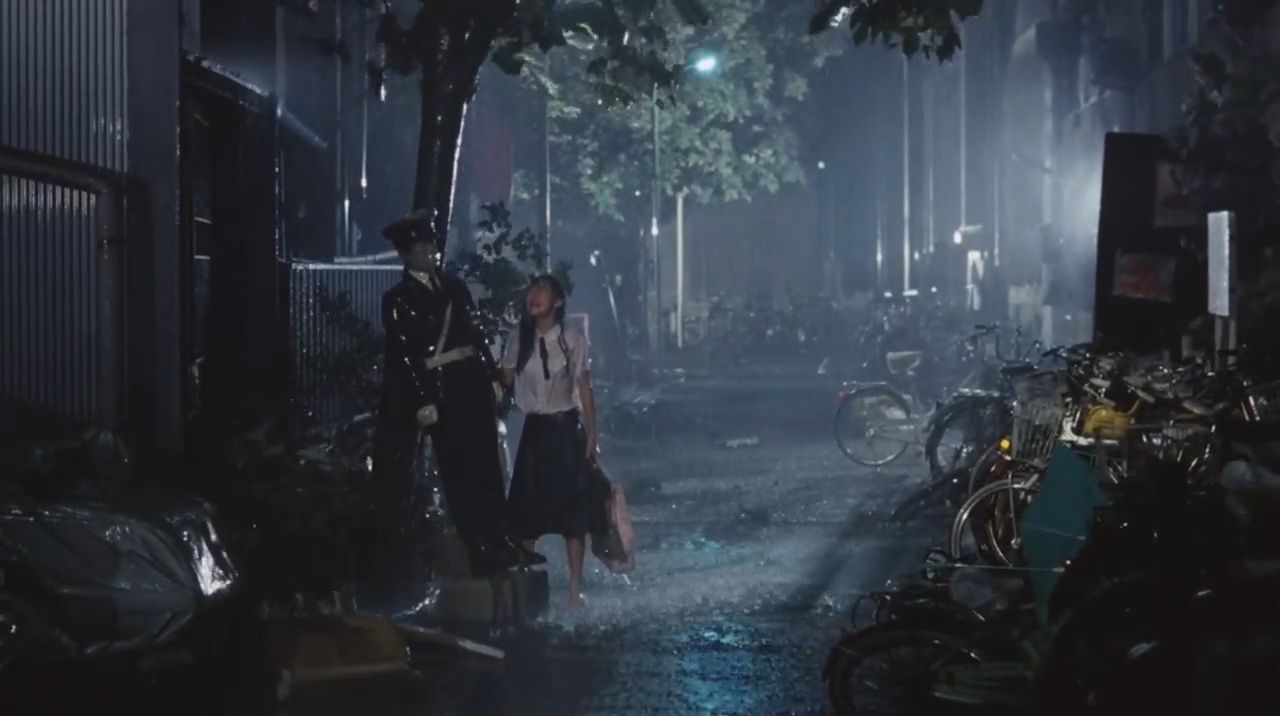
Only Rie is cut off from the rest of the cast and left to navigate the typhoon on her own. When her friend Mikami leaves her behind rather than walk her to school as usual, she goes out into town and goes shopping with a college student. She decides at the last minute to brave the typhoon rather than sleep with the student, only to discover that the train is closed and that she has no way home. As her friends sing happily together at school during the typhoon, she is left crying in the rain. But Rie does make it home the next morning, blissfully unaware that her friend Mikami jumped out of a window and died the night before. Her arc is the closest Typhoon Club has to a conventional “narrative of adolescence.”
There are seeds of Typhoon Club in anime and manga if you know where to look. Studio Colorido’s Typhoon Neruda and Drifting Home tell stories of kids and teens surrounded by water, though they take place in explicitly supernatural worlds. (Typhoon Club dabbles with surrealism, but rarely crosses the line.) Sonny Boy’s sparingly used soundtrack and cryptic dialogue is reminiscent of Somai, even though it likely owes more to punk music and Kazuo Umezz’s old horror comic The Drifting Classroom. Most telling to me is how Typhoon Club treats its adult cast, which is to say, with an appealing lack of respect. All that separates Mikami from his hapless teacher are decades of crushing life experience and alcohol. Most of my favorite adults in anime are similarly useless, and either resent it or are steadily working on it.
(One more thing: I think you can draw a line directly between Typhoon Club and what would become the messily-defined "denpa" aesthetic of the 90s and early 2000s. Not enough room to explore that here, though. Maybe another time...)

I don’t know if I can recommend Typhoon Club to everybody. The beginning is slow, and some of the film’s harshest scenes (like the aforementioned sexual assault) are left dangling rather than resolved with the gravity they deserve. Perhaps the film is distinguished not by jadedness but by naivete: that sexual desire, specifically, mends all bridges. Still, though, I’m glad I watched Typhoon Club, and I hope it finds an audience outside of Japan one day.
Typhoon Club will be screened at the IFC Center in New York beginning September 8, 2023.
Further Reading
I enjoyed this long feature by Tim Deschaumes spanning Shinji Somai’s filmography, including Typhoon Club.
